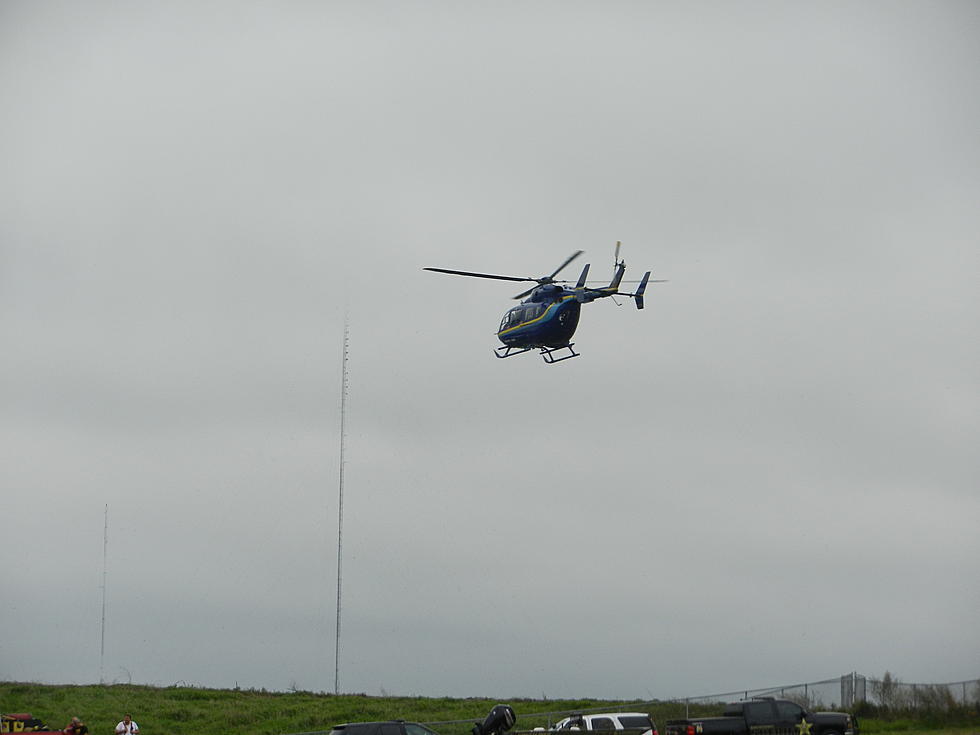Mayo Clinic Adds State-By-State Vaccination Rates To COVID-19 Resource Center
Rochester, MN (KROC-AM News) - Mayo Clinic data scientists have made several additions to Mayo's COVID-19 Resource Center including state-by-state data and trends and vaccination trackers.
These additions will allow users to follow the COVID-19 vaccine rollout in all 50 states, compare progress on one-and-two-shot vaccinations, and receive Mayo Clinic Guidance on what the trends mean for summer travel and keeping your family safe.
According to a press release from the Mayo Clinic, the COVID-19 Resource Center also has a Coronavirus Map tracking tool, with county-by-county data, trends, and 14-day forecasts on COVID-19 cases, enabling users to see where COVID-19 cases are trending as they plan summer visits to family and friends. Mayo Clinic experts recommend getting vaccinated for COVID-19 as soon as the vaccine is available to you.
"In 2020, Mayo Clinic's predictive models correctly predicted the scope and severity of COVID-19. In 2021, our models show that if properly used, vaccinations will severely restrict the impact of COVID-19," says Sean Dowdy, M.D., Mayo Clinic's Midwest Quality chair. "They also show that if people do not become fully vaccinated, COVID-19 will continue to limit our health, activities and economy."
The Coronavirus Map tracking tool in the COVID-19 Resource Center uses predictive modeling that Mayo has used to anticipate and plan for COVID-19 cases, and assist public health agencies. The tool has data and trend information for all counties in every U.S state, the District of Columbia, and U.S Territories, and it is updated daily. The tracking tool is available in English and Spanish. Predictive modeling is not available for Alaska, Hawaii, and U.S. territories.
The COVID-19 Resource Center is one of the most visited websites for news and information on COVID-19 cases and trends, and it has exclusive Mayo Clinic content on COVID-19 treatments, therapies and vaccines, and guidance on how to keep your family safe.

Vaccination is keeping the current level of COVID-19 cases from becoming an emergency that overwhelms ICUs, and leads to more illness and death, according to a new study published in Mayo Clinic Proceedings. The study, "Quantifying the Importance of COVID-19 Vaccination to Our Future Outlook," reviews how increasing COVID-19 vaccination rates are crucial to the future course of the pandemic.
Mayo researchers estimate that a peak of more than 800 patients would be in hospital ICUs in Minnesota this spring, for example, if no COVID-19 vaccines had been developed. The projections take into account new COVID-19 variants, as well as current public health measures and masking standards.
"It is difficult to untangle how much of this elevated rate of spread right now is due to new variants as opposed to changes in social behavior, but regardless of the reason, the absence of vaccinations in the current environment would have been likely to result in by far the largest surge to date," the study says.
The Mayo Clinic study was led by Dr. Dowdy and Curtis Storlie, Ph.D., whose team developed the computer model for forecasting COVID-19's effects on hospital use that has guided Mayo's pandemic response.
The Coronavirus Map and predictive modeling are supported by the Mayo Clinic Robert D. and Patricia E. Kern Center for the Science of Health Care Delivery.
The 25 Best Places to Live in Minnesota
More From KROC-AM









